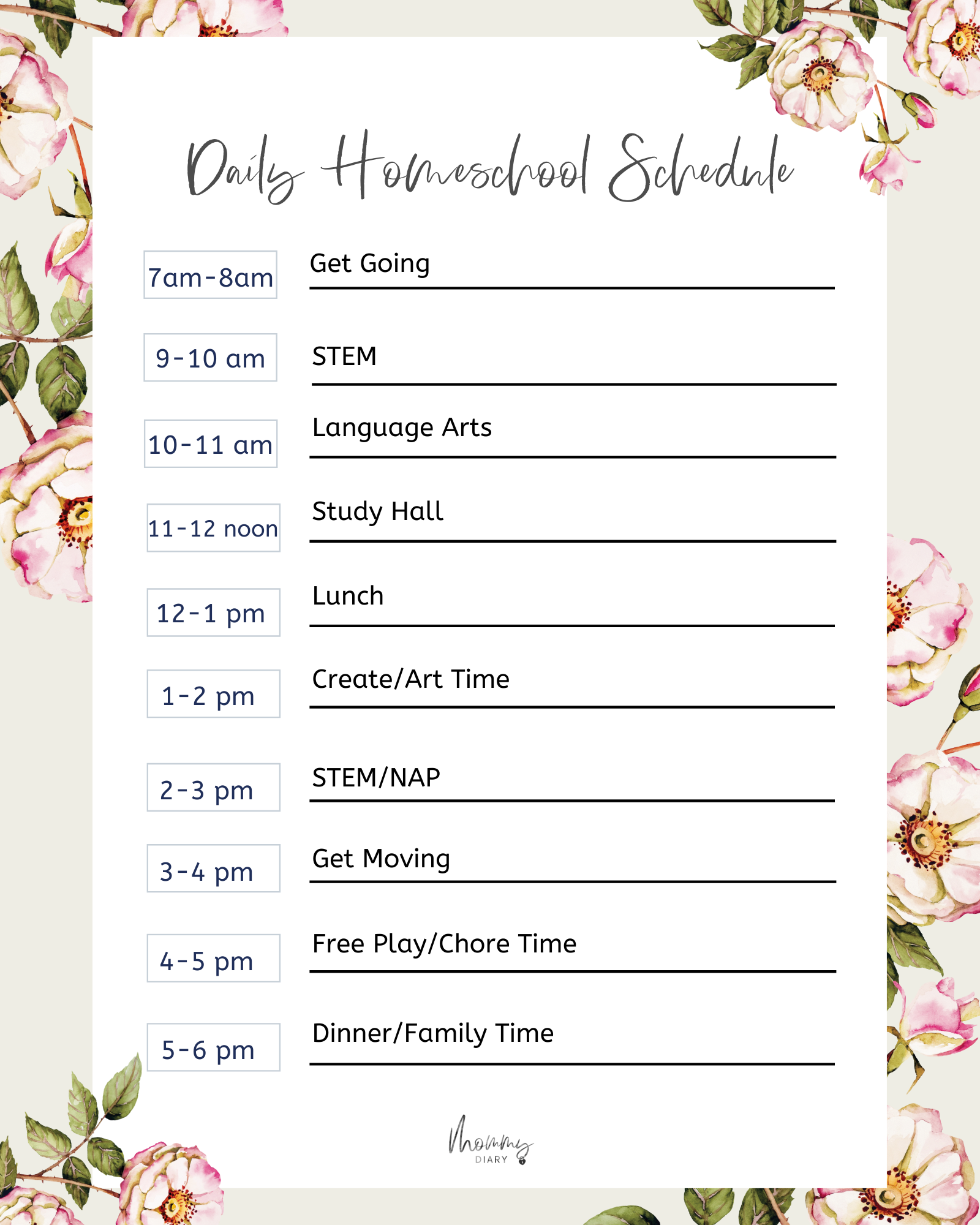What To Know Before Homeschooling Your Child | Prodigy

Homeschooling numbers are booming. The homeschool movement has already been steadily gaining in popularity since the 1970s. And now, partly due to the COVID-19 pandemic, the number of new homeschoolers has skyrocketed.
Over the last year, many families were given the chance to try out schooling at home. Now thousands are choosing to keep the freedom of homeschool over traditional public or private schools.
If you’re ready to jump into homeschooling, the details can feel daunting. But don’t worry — this article will break down everything you need to know to get up and running. From curriculum to costs, we’ll give you the homeschooling guide you need to succeed.
What is homeschooling?
Homeschooling means a child receives education outside of the traditional school environment, usually at home through a parent or at-home teacher.
It’s difficult to give a detailed definition of homeschooling — because it can look different for every family! There is no set schedule or homeschool curriculum you must follow. When you choose to homeschool, you get to direct your child’s education (or give your child the freedom to direct their own).
While many traditional schools follow the same standards throughout the country, homeschooling allows for more freedom. But you don’t have to create your new curriculum from scratch.
Here are a few of the most popular homeschooling methods to get you started. If one of these methods speaks to you, give it a try. Take some time to figure out what works best for your family.
The best part — you’re not stuck with your decision. If something’s not working, change it! Your child is the best guide for your homeschooling path.
1. The Classical Method
As the name suggests, this method has been around a while. Classical homeschooling curriculum has three main components: grammar, logic and rhetoric.
The classical method helps students develop their learning process. Younger students work on the basics of learning, while older students practice more analytical thinking and the rules of logic. This method is largely language-based, using less hands-on or video instruction than other styles.
If this method interests you, check out the book The Well-Trained Mind: A Guide to Classical Education at Home by Susan Wise Bauer and Jessie Wise for more information.
2. Montessori Method
Maria Montessori is famous for noting that “play is the work of the child.”
She recognized that children learn through play and have a strong desire for independence. This Montessori method has grown in popularity in recent years, especially with parents of preschoolers.
Montessori is all about preparing the environment for your child’s success. Give them access to the tools they need to prepare for their day, and let them help with meaningful chores. Montessori provides children choices within limits, helping them grow their confidence and abilities.
Follow a few Montessori-focused Instagram accounts and you’ll notice shelves of beautiful, wooden materials. These child-friendly activities are a hallmark of this method. They invite the child to play while providing developmentally appropriate work for your little one.
3. Unit Studies
You may have noticed your child getting excited about one topic for months. Whether it’s dinosaurs, rainbows, monster trucks or space, kids love diving deep into their interests. Rather than try to pull them away from these passions, embrace them with a Unit Studies curriculum.
During a unit study, you’ll provide materials and activities to teach a variety of subjects all using a common theme.
For example, space can incorporate science and history. And of course, you’ll find plenty of books about space. You can also explore what astronauts eat with some freeze-dried snacks. Then end the unit with a field trip to a space museum.
If you love the idea of finding new activities and lessons for your child to match their interests, this is the method for you. There’s a lot of freedom in this style. And because you’re exploring what they love, there is little chance of your child becoming bored. That’s a definite win!
4. Waldorf Education
Where Montessori focuses on real-world work and practice, Waldorf puts the emphasis back on creativity and imagination. Academics are important in this style, but they’re rolled out slowly. Reading and other academic topics are tackled after age seven.
Oral storytelling, art and music are emphasized in a Waldorf curriculum. And technology is put off until the high school years. “Head, heart, and hands” is a common saying in Waldorf. Children are taught to think independently (head), feel connected to the world (heart) and take action to create change (hands).
If this method seems well suited to your inquisitive and creative child, dig deeper with The Tasks and Content of the Steiner-Waldorf Curriculum edited by Martyn Rawson, Tobias Richter and Kevin Avison.
5. Eclectic Schooling
Having a hard time deciding the right homeschool style for your family? Then don’t!
You don’t have to choose only one style or curriculum. There are no rules in homeschooling. Mix and match your favorites and become an eclectic homeschooler.
Your child might play all day, then work on math workbooks in the afternoon. Some days everyone sleeps in. Other days your crew is up and off to the zoo bright and early. Get outside when you can, then cozy up on the couch with a nature documentary.
Eclectic schooling is relaxed. Go with the flow, break out the curriculum when desired and learn through living. Everyone can reach their goals while learning together. No stress needed.
6. Wildschooling
There’s a big push to get kids back outside, and for good reason. Sun and exercise are essential for our minds and bodies.
Wildschooling is the homeschooling equivalent of a nature school. If you believe there’s no bad weather, just bad gear, then wildschooling may be the perfect choice for you and your family.
Many parents and educators stress that play is all a child needs until age seven, or even later. And there’s no better playground than nature. Children love to explore! So head out on a hike or to a local creek and watch their wonder blossom.
If you’re worried about incorporating math and other academic skills into this method, check out a nature-focused curriculum, such as Wild Learning. Watch your children play and learn while enjoying nature together.

7. Unschooling
Unschooling is better described as child-led learning. It can look like many of the above methods, as long as your child is directing their day and education.
As an unschooling parent, your job is to observe and provide resources. But you never force an activity, and there are no assignments to be completed. Some days your child may play Roblox all day, and other times they are outside exploring until the sun goes down.
If you’re unschooling, take note of your child’s interests. Are they loving sharks right now? Then break out the shark toys, put on a shark documentary and read about the anatomy of a shark. Get ready to listen to wild shark stories while they act out different scenarios. Let them explore this topic fully until they’re ready to move on.
If this sounds amazing, take time to deschool both yourself and your child. It can be tricky to break out of the mindset that “learning time” is separate from your day-to-day life.
Looking for more unschooling resources? Check out Free to Learn by Peter Gray and Unschooled: Raising Curious, Well-Educated Children Outside the Conventional Classroom by Kerry McDonald.
Why homeschool?
There are many reasons to consider homeschooling:
1. Problems with the existing school environment
Public schools can be full of difficult social situations. Bullies and peer pressure can weigh on a child. If your school’s administration isn’t able to address the problems you see, homeschooling is a great option.
2. Improving the quality of education
Does your child bore easily and need more of a challenge? Or do you feel they’re getting left behind? State standards and public education curriculums can only be so flexible. Homeschooling gives you a chance to better meet your child’s individual needs.
3. Supporting a child’s disability
It can be difficult for a public school system to provide the individual attention your special needs child requires. If your child is struggling, homeschooling may be what they need to thrive.
4. Family relocation
It’s difficult to change schools in the middle of a school year, especially if your family moves often. But homeschooling can remove the stress and give your child the consistency they need to succeed.
No matter your reasons, homeschooling is a valid choice. As long as everyone is committed to this lifestyle, you can find success!

What are the guidelines for homeschooling?
Homeschooling is legal everywhere in the United States and Canada. But every state and province has different guidelines for homeschooling. Looking for your state’s laws? The Home School Legal Defense Association is a great starting point.
Here are a few things to consider as you uncover your area’s homeschooling guidelines.
1. Aligning your homeschool curriculum
Depending on your state, you may be required to teach certain subjects during the course of your school year. If this is the case, choose a curriculum that meets your required standards.
2. Record-keeping
Some areas require parents to teach for a set number of hours a day, over so many days a year. Others require documentation of subjects covered. But these records don’t need to be fancy.
Don’t let this intimidate you! A day may look like one hour of math while baking and two hours of nature studies while exploring a local park. With a notebook and a few pictures, you should be covered. Check your local laws for more details.
3. Achievement testing
States may require testing your homeschooler every few years. For example, homeschool students in Georgia are required to test every three years beginning in the third grade. But these tests aren’t submitted to anyone, and they can be relaxed and untimed. Just be sure to follow your local guidelines to stay in compliance.
6 Helpful tips and tricks for homeschooling parents
Transitioning from a traditional school to homeschooling doesn’t have to be overwhelming. Here are a few tips to get you started.
1. Join a homeschooling support group
Search your local area and you are likely to find all sorts of homeschooling help. Facebook groups can be especially helpful here.
2. Use online resources
There are so many great online resources for parents, from classes to articles and more!
Try these free resources to help you homeschool your child effectively:
- How to homeschool with Prodigy
- 18 Helpful homeschooling resources
- How to choose the best homeschool program
3. Make a designated learning space
It’s important to have a space for your child to focus on their work. The kitchen table is a favorite spot. Or create a comfy reading corner for some quiet time!
4. Structure lessons to a schedule
If you choose to follow a strict curriculum, it’s great to set a schedule to help everyone know what to expect from a day. If you choose eclectic or child-led learning, keeping a loose schedule of meals and bedtime can bring consistency to your day.
Try this free template from Mommy Diary!

5. Connect with other homeschooling parents and children
You don’t have to do this alone! Many areas have great local co-ops or meetups that provide social time for your child, while giving you a chance to chat with other homeschooling parents. These may meet once a month or several times a week.
6. Start slow
There’s so much to do when you’re first getting started. But it’s important to start slow and avoid burnout. Give everyone time to adjust, and enjoy the new freedom you created for your family.
How much does homeschooling cost?
The costs of homeschooling vary by family. Some families may buy all the zoo and museum memberships they can. Others invest in full curriculums for each school year. But none of this is necessary.
Homeschooling can be done on a budget. Putting together your own curriculum, watching Nature on PBS or visiting local state parks are just a few ways to keep costs low, while still providing plenty of enriching activities for your child.

Creating the most effective homeschooling curriculum for your child
Homeschooling is all about meeting your particular child’s needs. And you are the best person to do it! Explore your options, try new things and enjoy this time learning together.
If tackling math with your child is putting your homeschooling plans on pause, don’t worry! There are great resources to keep your child on track. With Prodigy Math Game, your child can learn math at their own pace, whether they’re in class or at home. Plus, it’s fun!











